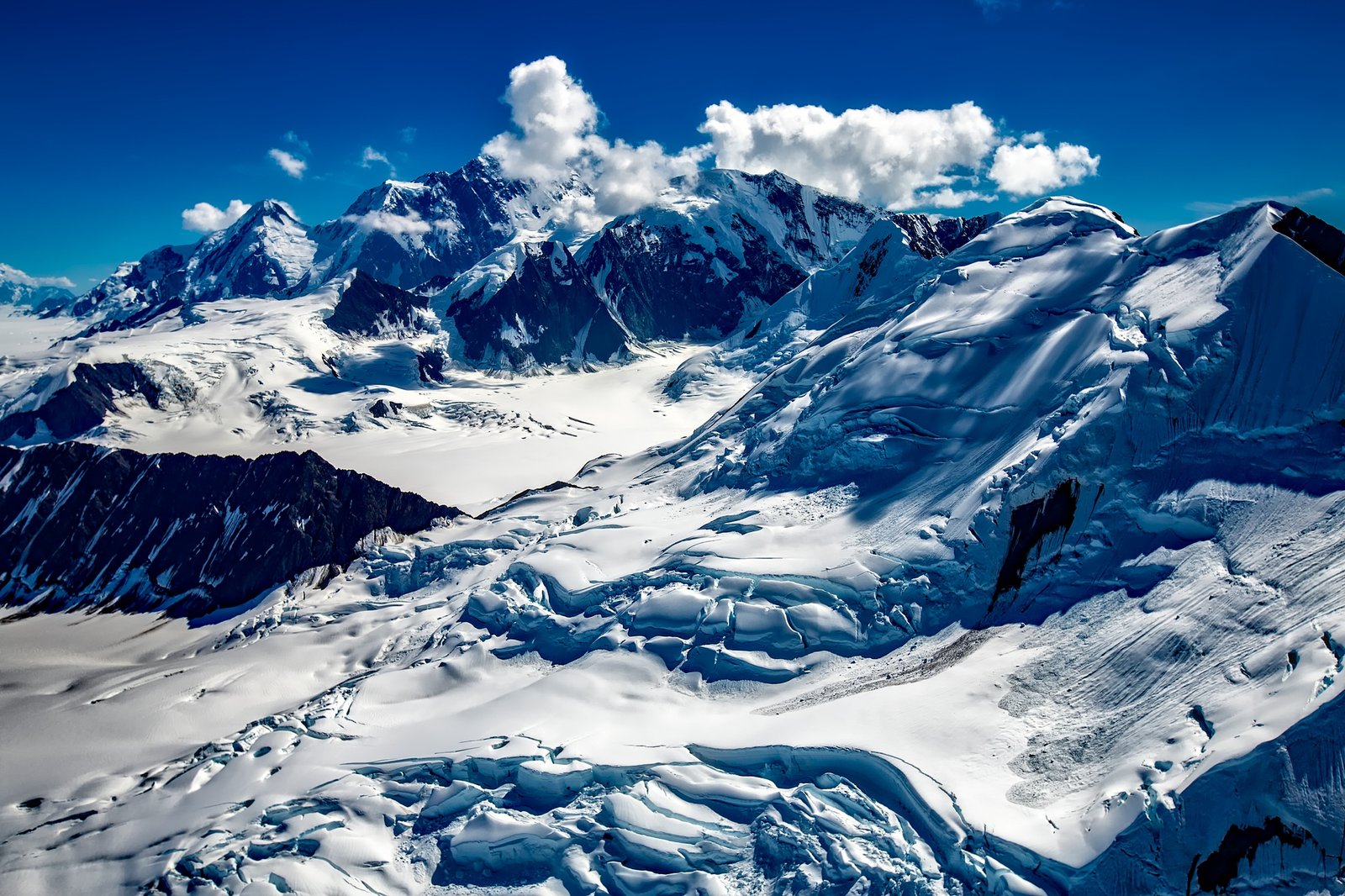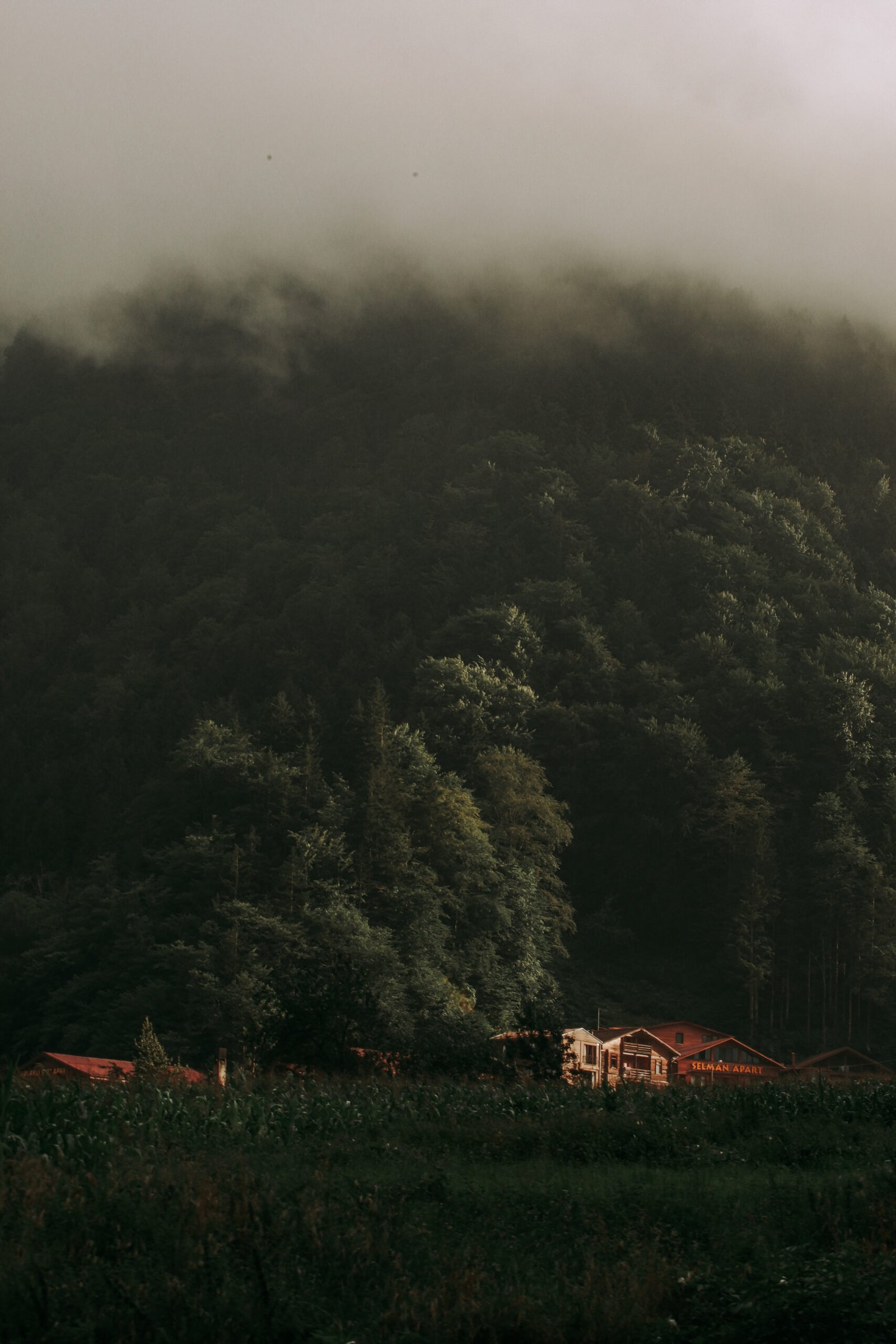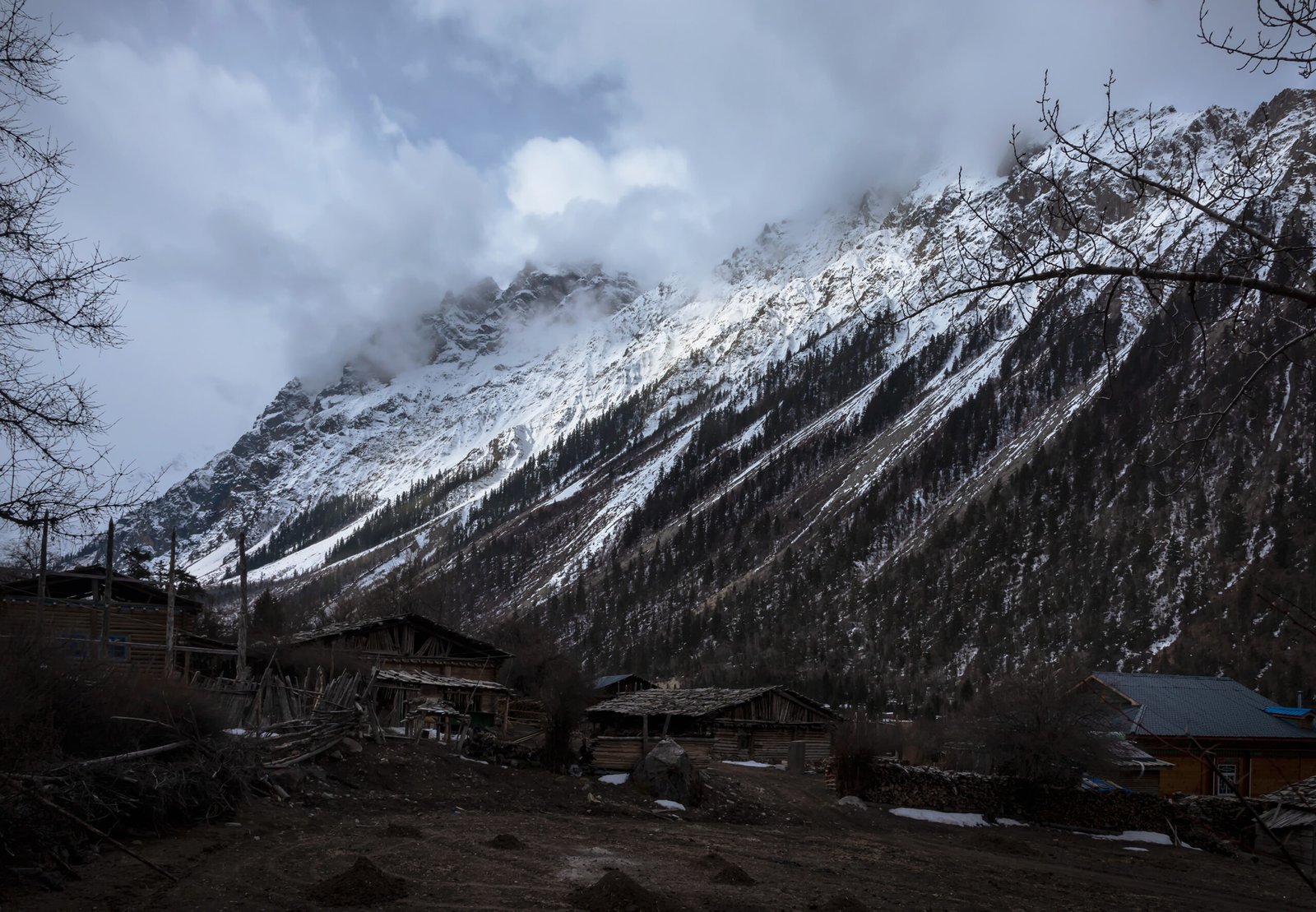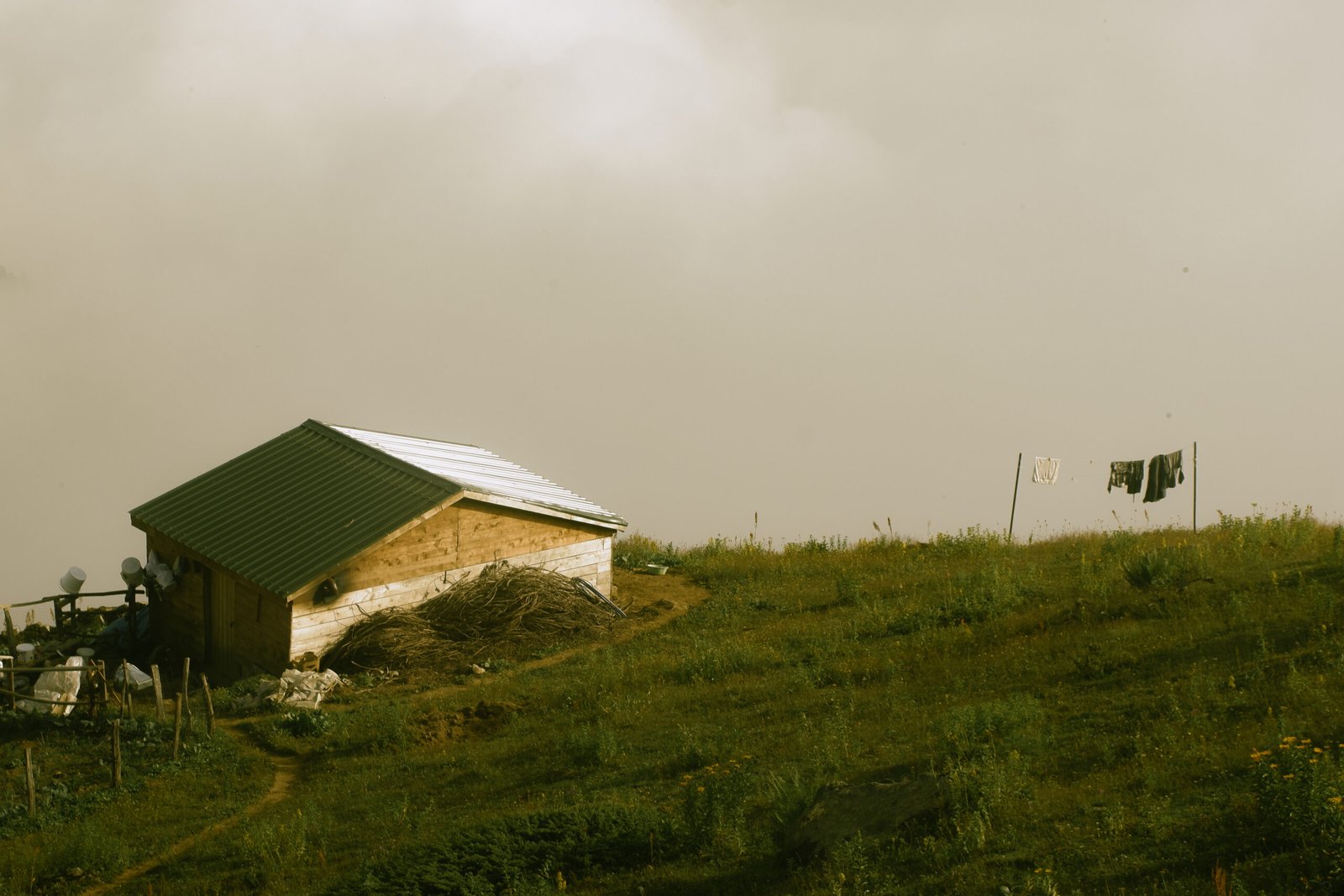
Quinhagak, Alaska
Imagine stepping into a breathtaking world where nature’s wonders can take your breath away. Quinhagak, Alaska, a small town in the southwestern part of the state, offers a glimpse into the untamed beauty of the last frontier. Nestled along the Kuskokwim Bay, this remote community embraces its rich native heritage while welcoming travelers with open arms. With its vast landscapes, unique wildlife, and the warmth of its people, Quinhagak is an experience like no other. Embark on a journey to Quinhagak, Alaska, and discover a world that both humbles and inspires.

Location
Geographical Coordinates
Quinhagak is a small village located in the southwestern region of Alaska. Its geographical coordinates are 59.7497° N latitude and 161.9069° W longitude.
Neighboring Towns
Quinhagak is surrounded by several neighboring towns, including Goodnews Bay to the west, Platinum to the east, and Kongiganak to the south. These towns are all within a few miles of each other and share a rich cultural history.
History
Native Inhabitation
Quinhagak has a long history of Native inhabitation. The village is home to the Yup’ik people, who have lived in the region for thousands of years. Before European contact, the Yup’ik people relied on hunting, fishing, and gathering for their sustenance.
Colonization and Fur Trading
In the late 19th century, European fur traders arrived in the region, leading to increased contact between the Yup’ik people and outsiders. This contact brought significant changes to the traditional way of life as the Yup’ik people began to engage in the fur trade and incorporate Western goods into their culture.
Missionaries and Russia’s Influence
During the early 20th century, missionaries from the Moravian Church established a presence in Quinhagak. As a result, Christianity became an integral part of the community, and the cultural traditions of the Yup’ik people began to blend with Christian practices.
Additionally, Quinhagak’s history is also influenced by the Russian presence in Alaska. The Russian fur traders and Orthodox missionaries left a lasting impact on the region, shaping the cultural fabric of Quinhagak.
Recent Developments
In recent years, Quinhagak has experienced changes due to increased westernization and globalization. The village has seen improvements in infrastructure, including the installation of a reliable electricity grid and the construction of a modern school building. These developments have aimed to enhance the quality of life for residents and provide access to modern amenities.
Demographics
Population
As of the latest census, Quinhagak has a population of approximately 700 residents. The population has remained relatively stable throughout the years, with the majority of residents being of Yup’ik descent.
Ethnicity
The village of Quinhagak is predominantly Yup’ik, with Indigenous people making up the majority of the population. The Yup’ik people have a strong connection to their cultural heritage and have preserved their traditional practices despite external influences.
Language
The primary language spoken in Quinhagak is Yup’ik, which is an Eskimo-Aleut language. English is also widely spoken, especially in educational and official settings. Efforts have been made to preserve the Yup’ik language through cultural education programs in the village.
Climate
Temperature
Quinhagak experiences a subarctic climate characterized by cold winters and mild summers. Average temperatures range from -10°C (14°F) in winter to 15°C (59°F) in summer. The village is often covered in snow during the winter months, creating a picturesque winter wonderland.
Precipitation
Quinhagak receives a moderate amount of precipitation, with an average annual rainfall of approximately 18 inches. This precipitation is distributed fairly evenly throughout the year, with slightly higher levels in the summer months.
Seasonal Changes
The village experiences distinct seasonal changes, each with its own unique beauty. The winter months bring pristine white landscapes and opportunities for winter activities like ice fishing and snowmobiling. Spring and summer bring vibrant greenery and a burst of wildlife, making it an ideal time for outdoor exploration and fishing. Autumn is characterized by colorful foliage, signaling the transition into a new season.

Economy
Traditional Subsistence Activities
Quinhagak’s economy is heavily dependent on traditional subsistence activities. Fishing, hunting, and gathering continue to be integral to the community’s way of life, providing sustenance and maintaining cultural traditions. Residents engage in salmon fishing, seal hunting, berry picking, and harvesting other local resources.
Commercial Fishing
Commercial fishing is also an important economic activity in Quinhagak. The village is located along the Kanektok River, which is known for its salmon runs. Many residents participate in commercial fishing operations, contributing to the local economy and the larger fishing industry in Alaska.
Tourism
Tourism plays a smaller, yet significant role in Quinhagak’s economy. Visitors are attracted to the village’s rich cultural heritage, natural beauty, and opportunities for outdoor activities. Tourists have the chance to explore the archaeological site at Nunalleq or experience guided fishing trips on the Kanektok River, providing an authentic glimpse into Yup’ik culture and the Alaskan wilderness.
Other Industries
Outside of subsistence activities, commercial fishing, and tourism, Quinhagak has limited industries. However, there are some small businesses that provide services such as grocery stores, fuel stations, and construction. These enterprises contribute to the local economy and provide essential goods and services to the residents.
Education
Public School System
Quinhagak has a public school system that serves the educational needs of the village. The school offers education from pre-kindergarten through 12th grade. It provides a mix of Western-style education and cultural education, aiming to equip students with a strong academic foundation while also preserving their Yup’ik heritage.
Cultural Education
Cultural education is an essential aspect of the curriculum in Quinhagak’s public school system. Students learn about Yup’ik traditions, language, and history, ensuring that the cultural heritage of the community is passed down to future generations. Elders and community members often actively participate in cultural education programs, sharing their knowledge and experiences with the younger generation.

Transportation
Air Travel
Quinhagak is accessible primarily by air travel. The village has its own airport, the Quinhagak Airport, which serves as the main transportation hub for residents and visitors. Several regional airlines provide regular flights to and from Quinhagak, connecting the village to other parts of Alaska.
Boat and River Transportation
Given its proximity to the Kanektok River, boat transportation is also an essential mode of travel in Quinhagak. Many residents own boats for recreational purposes and as a means of transportation to remote fishing and hunting areas along the river.
Snowmobiles and ATVs
During the winter months, snowmobiles and ATVs are commonly used for transportation within the village. These vehicles allow residents to navigate through the snowy terrain, ensuring that daily activities can continue despite the weather conditions.
Art and Culture
Traditional Yup’ik Art
Quinhagak is known for its vibrant and intricate traditional Yup’ik art. Artists in the village employ various mediums, including wood, ivory, and bone, to create beautiful carvings and sculptures that depict mythological figures, animals, and scenes from everyday life. These artworks serve as a testament to the rich cultural heritage of the Yup’ik people and are often showcased in local art galleries and exhibitions.
Dance and Music
Dance and music hold a significant place in the cultural traditions of Quinhagak. The village is home to traditional Yup’ik dance groups that perform at various festivals and celebrations. These dances, accompanied by the rhythmic beats of drums, tell stories and honor the history and spiritual beliefs of the Yup’ik people.
Festivals and Celebrations
Quinhagak hosts several festivals and celebrations throughout the year that showcase Yup’ik culture. One of the most notable is the annual Qanirtuuq Yup’ik Summer Festival, where residents and visitors gather to partake in traditional dances, games, arts and crafts, and feasts. These events are an opportunity to strengthen community bonds and celebrate the rich heritage of the village.
Natural Attractions
Kanektok River
The Kanektok River is one of Quinhagak’s most significant natural attractions. It offers breathtaking scenery, pristine waters, and abundant wildlife. Residents and visitors alike enjoy fishing for salmon, kayaking, and rafting along the river, immersing themselves in the tranquility and beauty of the Alaskan wilderness.
Nunalleq Archaeological Site
The Nunalleq Archaeological Site is a fascinating historical and cultural attraction located near Quinhagak. The site contains well-preserved artifacts and structures from the pre-contact Yup’ik civilization. Visitors can explore the archaeological remains and learn about the ancient ways of life in the region.
Tuntutuliak Nature Trail
The Tuntutuliak Nature Trail is a nature lover’s paradise near Quinhagak. This trail takes hikers through a stunning landscape filled with diverse flora and fauna. It provides an opportunity to observe and learn about the local ecosystem, offering an immersive experience in the natural wonders of Alaska.
Challenges and Issues
Climate Change and Erosion
Quinhagak, like many other Alaskan communities, faces significant challenges due to climate change. Rising temperatures have contributed to the erosion of coastal areas, threatening homes and vital infrastructure. The village has been actively working on coastal protection initiatives and relocation strategies to mitigate these effects and ensure the safety and well-being of the community.
Access to Healthcare
The remote location of Quinhagak poses challenges for accessing healthcare services. The village has limited medical facilities and relies on periodic visits from healthcare professionals. Efforts are being made to improve healthcare access by expanding telemedicine services and providing training opportunities for local healthcare providers.
Limited Job Opportunities
Quinhagak, being a small village, has limited job opportunities compared to urban areas. The economy is primarily based on subsistence activities and seasonal industries like fishing and tourism. This lack of diverse job opportunities poses challenges for residents, and many have to seek employment outside the village. However, efforts are underway to promote economic diversification and create more sustainable job opportunities within the community.
Quinhagak, Alaska, encapsulates the rich history, vibrant culture, and breathtaking natural beauty that define the southwestern region of the state. From its Native roots to the impacts of colonization and the challenges of modern-day life, Quinhagak continues to preserve its traditions while embracing new developments. The village’s strong sense of community, dedication to cultural education, and determination to overcome challenges make Quinhagak a truly remarkable place in the Alaskan landscape.
